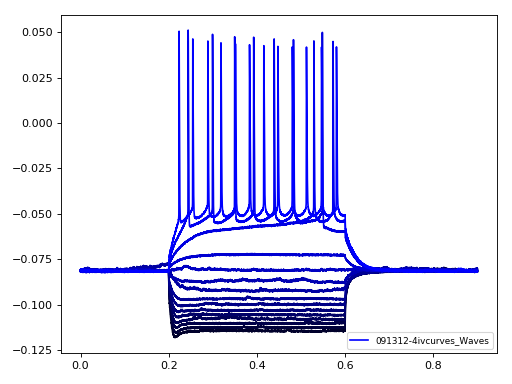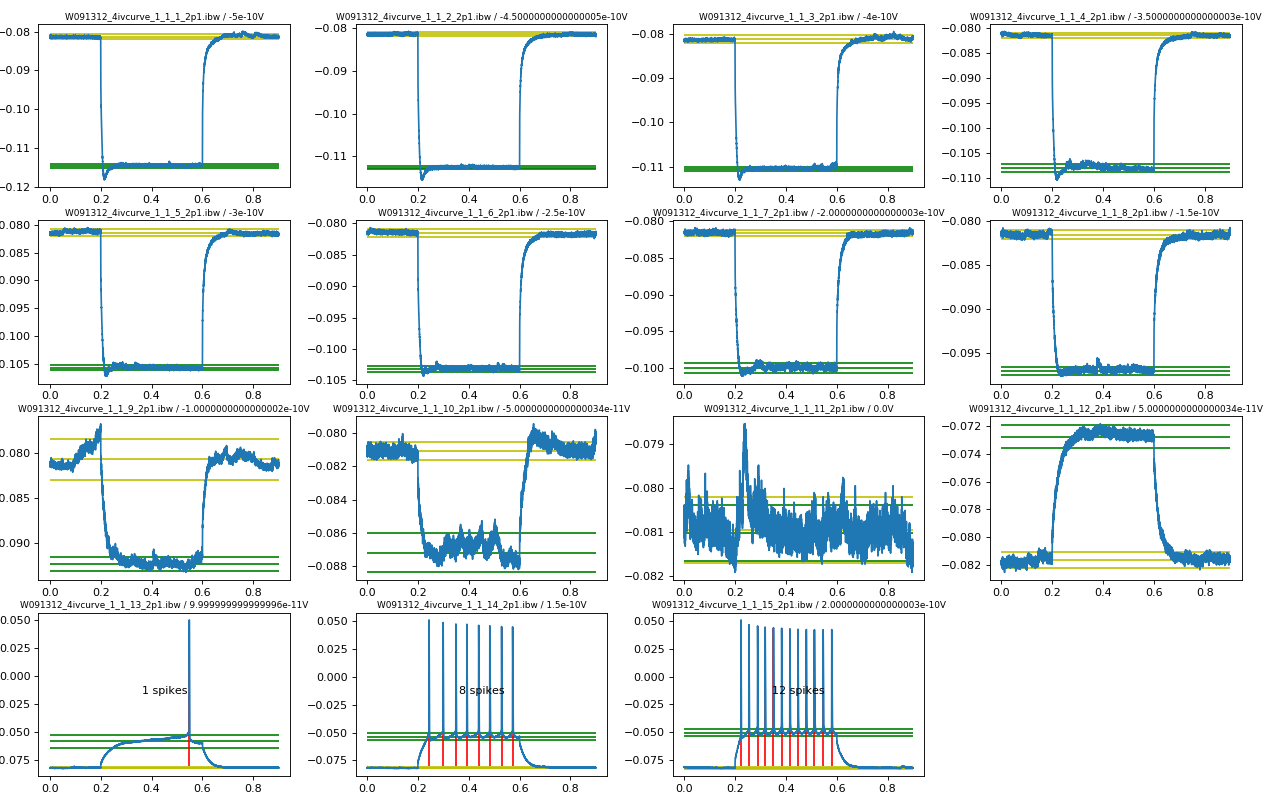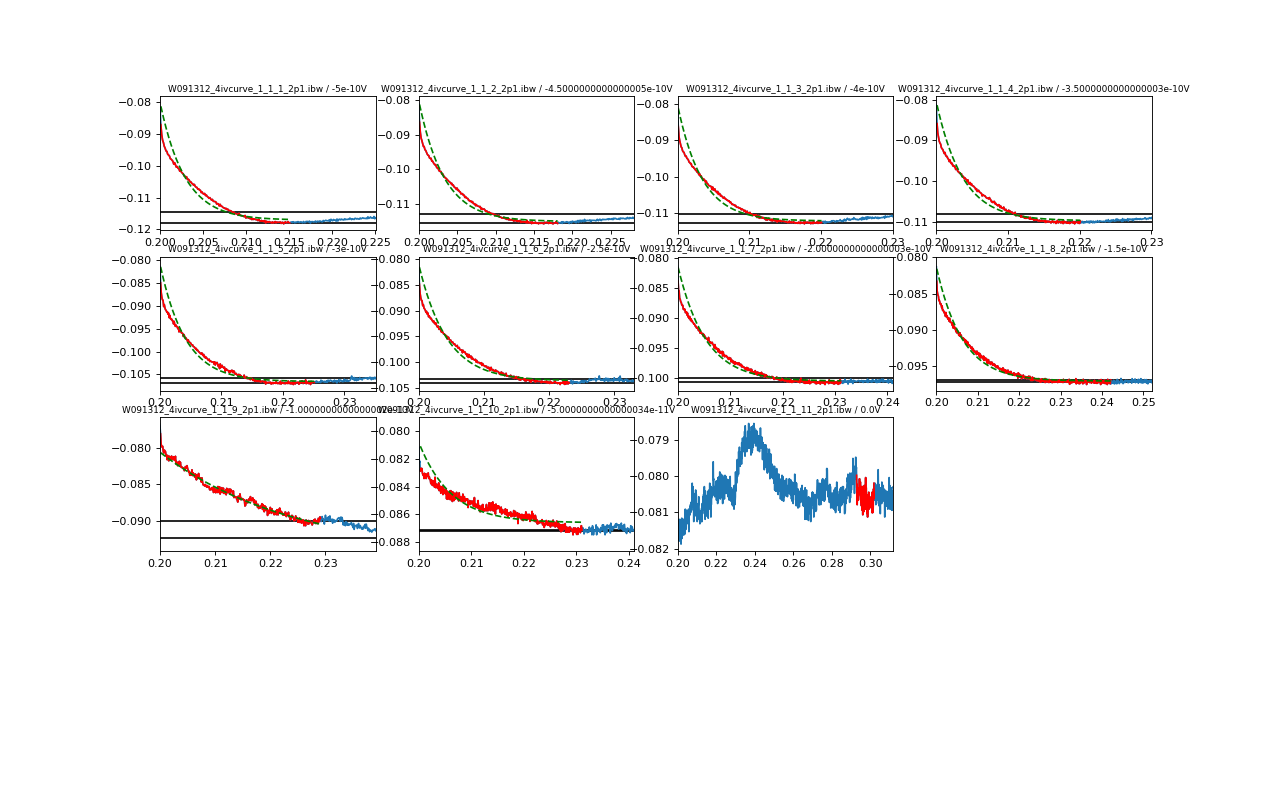ajustador.drawing¶
-
ajustador.drawing.plot_history(groups, measurement=None, *, show_quit=False, labels=None, ymax=None, fitness=None, clear=True, newplot=False)[source]¶
-
ajustador.drawing.plot_param_section(group, measurement, *what, regression=False, fitness=None, fitness_name=None, log=False)[source]¶
-
ajustador.drawing.cbdr(values, func, xnames, yname, order=None, debug=False)[source]¶ We have n dimensions, with a shape like (d0, d1, …, d(n-1)). Each variable has a range… but let’s map them to (0,1). Then final mapping is:
X = x’(n-1) + x’(n-3) * d(n-1) + … + x’(0 or 1) * d(2 or 3) Y = x’(n-2) + x’(n-4) * d(n-2) + … + x’(1 or 0) * d(3 or 2)
where
x’(i) = [x(i) - min x(i)] / [max x(i) - min x(i)]
So the multiplier for x’ is
(1, 1, d(2), d(3), d(4), …, d(n-1))
Wave drawings¶
import measurements1 as ms1
from ajustador import drawing
drawing.plot_together(ms1.waves091312)
(Source code, png, hires.png, pdf)

import measurements1 as ms1
from ajustador import drawing
drawing.plot_waves(ms1.waves091312)
(Source code, png, hires.png, pdf)

import measurements1 as ms1
from ajustador import drawing
drawing.plot_rectification(ms1.waves091312)
(Source code, png, hires.png, pdf)
